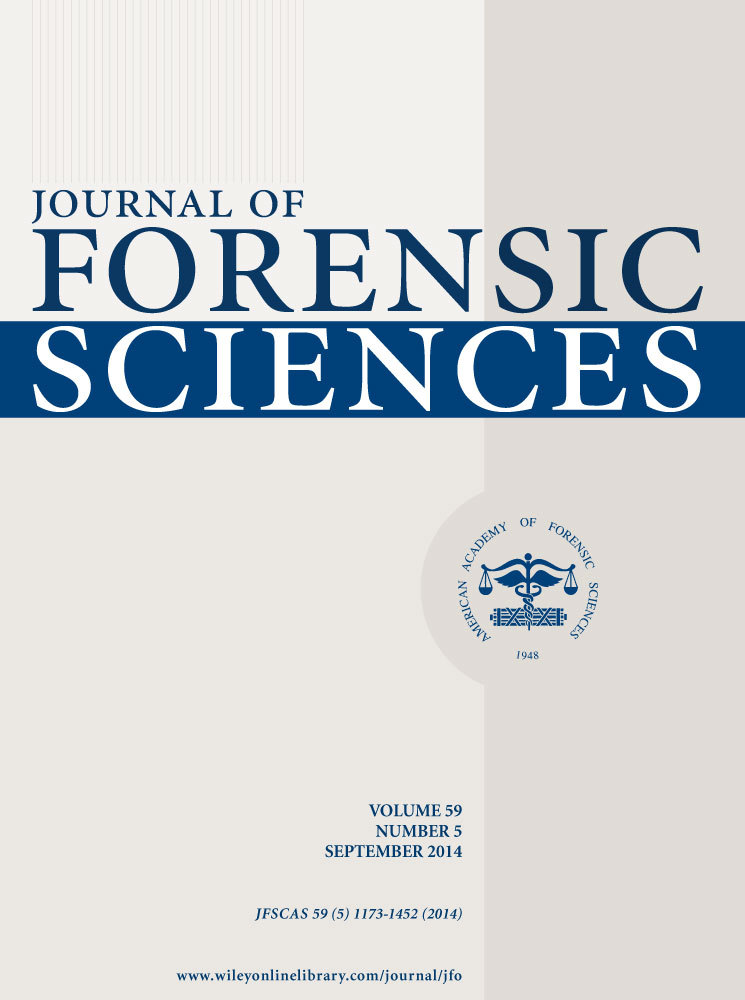Computer Simulations to Investigate the Consequence of Blunt Head Impact
Abstract
Blunt head impact as sustained in falls or punches against the head can result in rupture of bridging veins. Computer simulations were performed to simulate three different types of falls and punches against the head. The relative brain-skull motion was recorded. The falls resulted in impact on the backside of the head, whereas the punches struck the face. The maximum resultant translational and rotational acceleration, the Head Injury Criterion (HIC), and the characteristics of the relative brain-skull motion, as well as the coup and contre-coup regions were determined. The maximum resultant translational acceleration was found to be between 2982 and 3541 m/s² for falls and between 814 and 942 m/s² for punches. The maximum resultant rotational acceleration reached 632–1000 rad/s² for falls and 252–620 rad/s² for punches. The HIC for falls was found to be at least 1357 and at most 130 for punches. The major brain-skull displacement calculated for falls and punches was 6.6 and 4.2 mm, respectively. The results of this study suggest that falls are associated with a higher risk for bridging vein ruptures than punches and that cerebral contusions at the contre-coup side are more serious.




